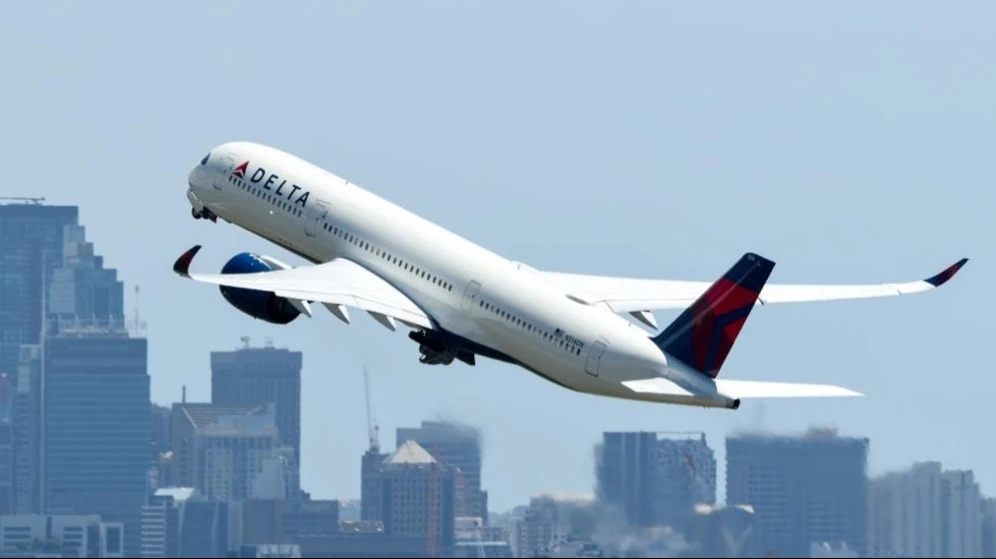BofA has named 2 airlines that will survive the cooling of demand. What is their advantage
Investors can sidestep the sector's problems by picking carrier stocks for affluent customers

Airlines focused on the premium segment will be able to withstand the decline in consumer demand in the United States, analysts at BofA note. Delta and United premium fare revenues continue to increase, and the bank estimates the potential for these carriers' shares to rise by 14-17%.
Details
Some airlines, including US market leaders Delta Air Lines and United Airlines, may be able to withstand the slump in US consumer demand, analysts at BofA Securities say, Barron's writes. Their forecast is based on the concept of the "wealth effect," an economic theory that says people spend more when they feel wealthier. Rising asset values, such as stocks or real estate, create a sense of financial stability, and people start spending more, even without a real increase in income. That's why air carriers targeting the premium segment win: affluent customers continue to fly even when mass consumers cut back on spending, Barron's explains.
BofA set the target price of Delta Air Lines shares at $70, which suggests the potential for their rise in price by about 14%. The bank's analysts note that the company, which reported higher-than-expected earnings for the third quarter, recorded a 9% year-over-year increase in premium fare revenues - they significantly outpaced the dynamics in the main class of service.
United, which will report quarterly results on Oct. 15, could also benefit from the situation, BofA said. Its target on shares of this carrier is $120, which is about 17% higher relative to the value at the close on October 14. According to analysts, the securities may show even stronger appreciation with stable airfare prices and continued demand from premium customers.
What's happening in the consumer sector
The University of Michigan's consumer sentiment index for the first two weeks of October was 55.1, falling short of forecasts by economists tracked by FactSet, Barron's notes. The reading is only slightly better than levels in the summer of 2022, when inflation spiked, or the early 2010s, the period following the global financial crisis.
As the economy slows, Americans are becoming more cautious in their spending, the publication explains. Rising interest rates on credit cards and mortgages have increased the debt burden of households, and savings accumulated during the pandemic have already been exhausted in most segments of the population. At the same time, real incomes are growing slower than inflation, especially for the middle class. All this forces consumers to postpone large purchases and reduce spending on restaurants, entertainment and non-food products - these segments are now showing the worst dynamics.
Pessimism is reflected in many stocks in the sector, but especially restaurant stocks, according to BofA Securities. In the U.S., sales growth at eating establishments has slowed almost everywhere over the past 12 months, credit and debit card statistics show. Chipotle and Shake Shack have been particularly hard hit, with their shares falling more than 20% in three months.
Other consumer staples securities are also losing ground. An exchange-traded fund tracking stocks of consumer staples companies in the S&P 500 - the Consumer Staples Select Sector SPDR ETF - lost 3.7% in returns over the last quarter. Among the securities in the fund that posted double-digit declines were Kenvue, a maker of over-the-counter drugs and health products; Colgate-Palmolive, a personal care and household chemicals company; and Target, a large department store chain that offers groceries, clothing and home goods.
Weakness in consumer spending is likely to continue into the holiday season, Barron's notes. Bain Consulting Group forecasts sales growth of about 4% in 2025, but that will be the weakest performance since 2019. The company expects sales to decline at department stores, electronics and sporting goods stores, while growth will remain in the personal care and online shopping segments.
This article was AI-translated and verified by a human editor
